(186982 products available)




























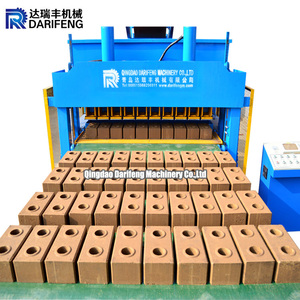














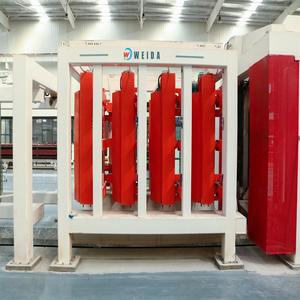
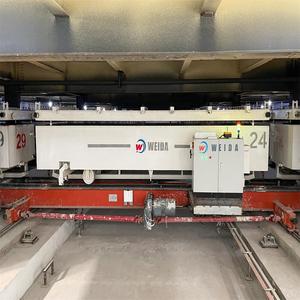






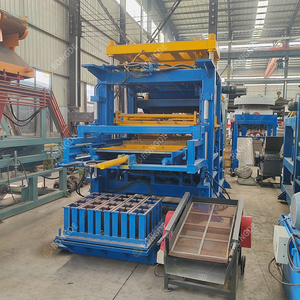























































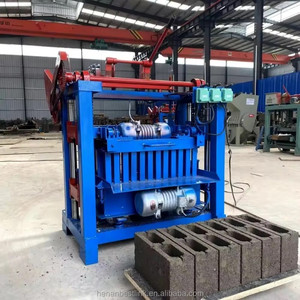
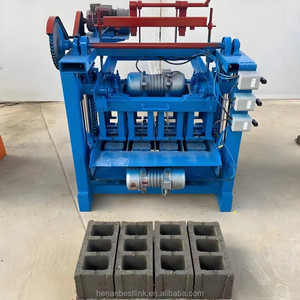





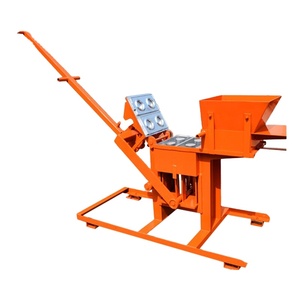


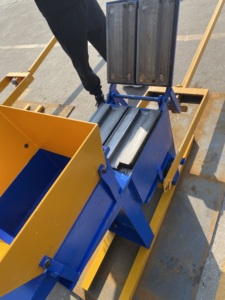


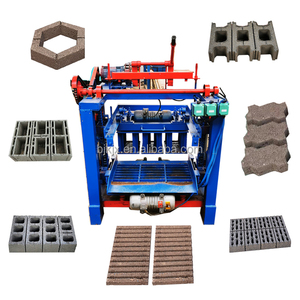
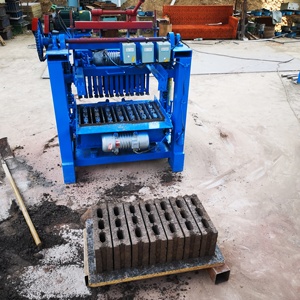
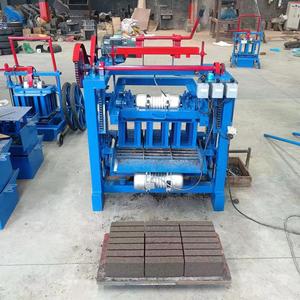

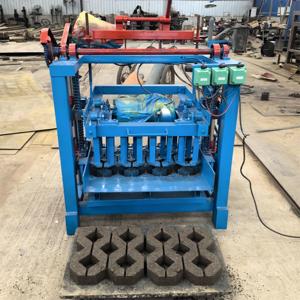





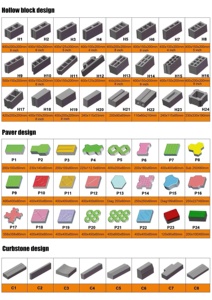

















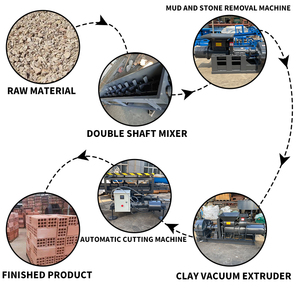

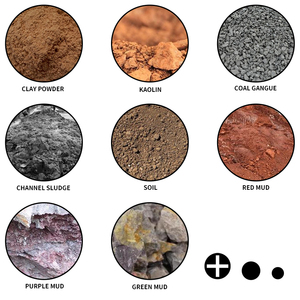








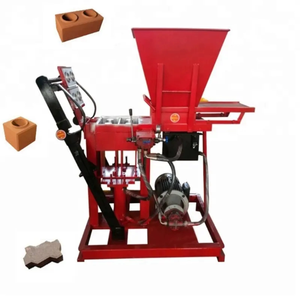








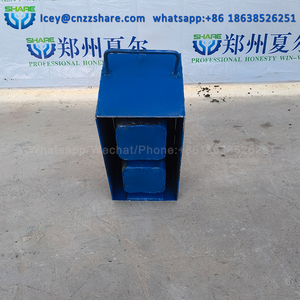

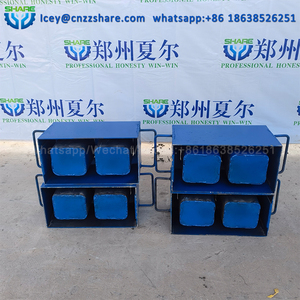






































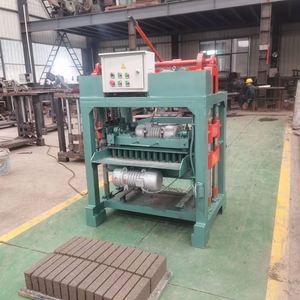

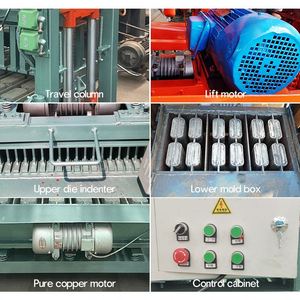














Brick making refers to constructing bricks from different materials through various methods.
fired brick making
Fired bricks are produced by subjecting raw materials, like clay, to high temperatures until they solidify and harden. The process begins with the preparation of the clay, which may involve removing impurities, grinding it to a fine texture, and adding water to create a moldable substance known as clay slurries or mud. The clay is then shaped into bricks using several techniques, such as extrusion, soft mud, or dry press methods. Once shaped, the green (unfired) bricks are air-dried to remove excess moisture, then fired in a kiln at high temperatures. The firing process vitrifies the clay, resulting in a durable, weather-resistant material. Fired bricks are used in various applications, including buildings, pavements, and a wide range of architectural projects.
fly ash brick making
Fly ash bricks are manufactured using fly ash, a fine powder that is a byproduct of burning coal in thermal power plants. The production of fly ash bricks not only utilizes an industrial waste material but also contributes to the reduction of environmental pollution. The composition of fly ash is similar to that of clay, which makes it suitable for brick production. Besides that, Fly ash is combined with other materials, such as lime, cement, sand, or water, to create a homogeneous mix. This mix is then molded into bricks using hydraulic presses or manual presses. The newly formed green fly ash bricks are cured using water or steam to attain strength and stability. Finally, if necessary, the curing process is followed by firing the bricks in a kiln. Fly ash bricks are lightweight, strong, and eco-friendly alternatives to traditional fired bricks, and they find use in construction projects for walls, pavements, and other structures.
Concrete Brick Making
Concrete bricks, also known as cement bricks or hollow cement blocks, are manufactured using a mixture of cement, water, aggregates (such as sand, gravel, or crushed stone), and sometimes, additives. The production involves blending the raw materials to form a homogeneous mix, which is then shaped into bricks or blocks using vibration and compaction techniques. Vibration casting machines and block-making machines are common devices used to create dimensionally accurate concrete bricks. Once formed, the green concrete bricks undergo a curing process to develop their strength and durability, and concrete bricks are widely used in construction for load-bearing walls, non-load bearing walls, and as an integral part of housing projects.
fly ash block making
Fly ash blocks are similar to fly ash bricks but are larger, A heavy-weight material that is a byproduct of burning coal in thermal power plants is used to make them. The process involves mixing fly ash with other binding agents, such as cement or lime, and water to create a homogeneous slurry. This mixture is then poured into molds to form large blocks.
sgd block making
SGD blocks are a modern and sustainable alternative to traditional building materials. They are typically made by mixing recycled raw materials, such as industrial byproducts or waste, with natural aggregates and binders. The raw materials are combined to create a dense slurry, which is then cast into molds to form blocks. The casts are then cured to enhance their strength and durability. SGD blocks are lightweight, cost-effective solutions for construction, and they are ideal for both structural and non-structural applications.
It's essential to highlight some critical specifications for the types of brick and block-making machines to consider when sourcing them on a wholesale basis for commercial purposes. This includes their power requirements, capacity, dimensions, as well as the materials they work with and the kinds of bricks they produce.
The machine's dimensions are also essential to note. Their dimensions may be small enough for a small workshop, but ones for large-scale production may cover 90 square meters or more and be over 10 meters in height. The size of the machine has a direct impact on its capacity.
Maintenance of brick-making machines is an important issue because, with proper maintenance, machines can have a longer lifespan. Dedicated service and repairs can be avoided.
Focus on the needs of domestic and foreign markets. Adjust product varieties as per the demand. Explore all kinds of possible application areas of bricks. This could help business buyers to find valuable investment opportunities.
Attending to the rapidly growing urbanization worldwide, cement brick making machines play a vital role in constructing various types of inner city infrastructure. This includes the production of rectangular cement bricks for urban walls, pavement interlocking bricks for roads, fences, and squares, as well as hollow cement blocks for affordable housing projects and lightweight partition walls.
The ongoing housing scarcity crisis in numerous developing nations has spurred an unprecedented demand for low-cost building materials. Consequently, cement bricks have emerged as a widely embraced alternative to traditional timber and cement products, particularly in markets striving to construct durable, cost-effective housing solutions.
India, Nigeria, Kenya, and other countries are experiencing a significant surge in demand for affordable housing projects. Rural-urban migration is on the rise, leading to a burgeoning urban population that requires housing solutions. Rapid economic development is also contributing to the need for infrastructure expansion, including roads, bridges, and public facilities, which demand high-quality building materials.
It is evident that the demand for cement bricks extends well beyond the urban centre. The construction industry is in dire need of these cement bricks to meet its growing demand, and a brick-making machine could be an excellent investment opportunity.
Choosing the right brick-making machine requires considering several factors that meet the project requirement. Buyers should evaluate these factors:
Q1: How can Business buyers benefit from automated brick-making machines?
A1: Automated machines produce large quantities of bricks without constant supervision. They are efficient, saving labor costs, and often have higher output than manual machines.
Q2: What is the relationship between raw material and brick-making machine?
A2: Different machines handle different raw materials. Some work best with clay, while others are suited for concrete, fly ash, or earth soil. Choosing the right material is crucial for compatibility and performance.
Q3: What special features do semi-automated brick-making machines have?
A3: Semi-automated machines often have features like controlled material mixing, automated pressing, and manual supervision for feeding and retrieving finished products.
Q4: How does the size and configuration of a brick-making machine affect its output?
A4: The size of the machine determines the batch of bricks produced at one time. Configuration refers to the layout, including pressing and forming areas. Larger, well-configured machines yield more.
Q5: What installation requirements should users consider for a brick-making machine?
A5: Users must provide adequate space, electrical connections, water supply, raw material delivery system, cooling or drying areas for bricks, and structural support for heavy equipment.